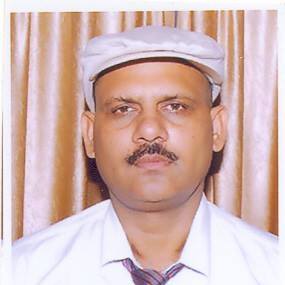
CT101, Professor Flat, N.I.T. Kurukshetra, 136119
Hydraulic structure, Jet Aeration Systems, Application of Soft Computing, Artificial Intelligence and Machine Learning Techniques in Water Resources Systems, Experimental Hydraulics, Groundwater, Modeling, Recharge of Groundwater, liquefication, Stabilization, Optimization and relevant applications in Civil Engineering.
For a detailed profile click here
Orcid Link: https://orcid.org/0000-0002-3153-2531
ResearchGate Profile
Records for the last 10-12 years
PhD Supervision :
Completed: 05
Under progress: 04
M. Tech Supervision (from 2013 to present)
Completed: 45;
Paper Published: 52 (in Journal of Repute with Scopus, SCI, SCIE, including ASCE)
Conferences near 200 published (Organized by IITs/NITs/Reputed Institutions including Scopus)
Experience :
22 years
Awards/Honours:
District scholarship up to 10th class
National Scholarship in Inter and Graduation
GATE Scholarship in M.Tech
Membership of Professional Societies:
Life member, Indian Society for Technical Education
Life member, Journal of Indian Water Resources Society
Life member, The Indian Society for Hydraulics
Short Term Courses & Conferences organised:
STC on MATLAB Programming for Engineers (Dec.11-15, 2013)
Conference, CAHHEWC-2013 (Nov.15-16, 2013), NIT Kurukshetra